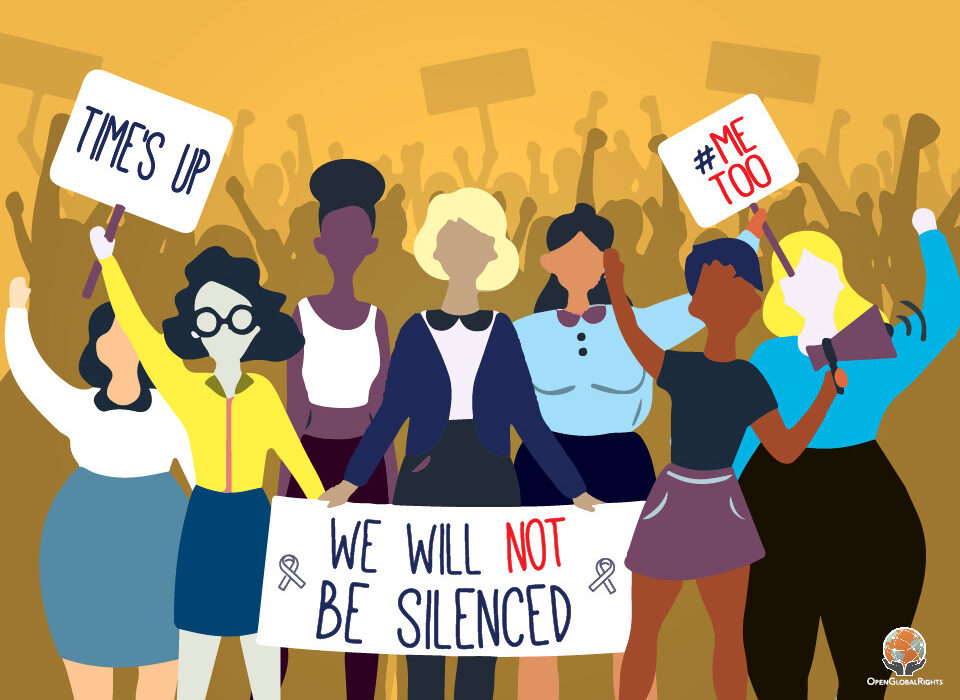
In the switch from #MeToo hashtags to Time’s Up, campaign leaders are edging sexual chaos as a common and cultural crisis, instead of portraying it as a personal problem.
Stop Framing Victims
Through the last half-century, actions and movements to stop sexual violence have questioned cultural benchmarks. In addition, they have also boosted attention and catalyzed considerable legal and strategical modifications. The first stone, Violence Against Women Act, enacted in 1994 has been amended three times since. The act froze illegal sanctions against perpetrators, giving assistance and support to survivors, and cultivating organized networks to deter and react to violence against women.
Fortunately, several philosophers and supporters are confident that activities like these will accomplish a straight social shift. Nonetheless, our positiveness springs from what we comprehend as a vital switch in the nationwide discussion about sexual violence, from #MeToo movements to Time’s Up!
The Iconic #Metoo And Time’s Up Hashtags
While talking about the movements, Tarana Burke, an activist, and survivor, organized the #MeToo’s trend to build “empowerment through empathy” among those who have suffered abuse, especially women and women of color. The campaign and its iconic hashtag became a trendsetter, energizing millions of women and men across the planet to share their experiences, leading to the public disgrace of many influential men.
In response came Time’s Up, a drive that binds those who encounter sexual misdeed with legitimate and public relations service. Encouraged by female activist farmworkers, Time’s Up founders define it as a “first stone” toward terminating the systemic grievances that underlie sexual turmoil.
“Unfortunately,” they say, “too many centers of power from legislatures to board rooms to executive suites and management to academic lack of equivalence, and women do not have equal decision-making authority. This systemic gender imbalance and unevenness of power fosters an environment that is ripe for abuse and harassment against women.”
As per actress Mira Sorvino, “We’re going forward until we have an equitable and safe world for women. … We want to take our activism and our power into action, and change things for every woman, everywhere, working in any workplace.”
The #MeToo hashtag has given rise to public understanding of the preponderance of sexual unrest in ways that data alone has not achieved. The popularity #MeToo hashtag has boosted people’s sense of what they couldn’t from single data points: the translucent number of women and men who have undergone some form of sexual violence in their life.
Beyond prevalences
Women share stories of misuse and harassment with each other. For many of us, listening to these stories in public media has been both sad and healing. Most recently, the popular emphasis on the problem of sexual violence is unique. We’re having formal public discussions about sexual violence in which policies of imbalance are important. Also, we are settling forward to policies to cure these systems.
Everyone has a part to influence in establishing a society free of sexual violence. Precluding is feasible, but there is no “one size fits all” remedy. All organizations have a function, one that motivates exposure, favors survivors and organizes a society of accountability.
From a structural viewpoint, this unique aspect of social action to cease sexual violence clenches great promise, not only for women but for all genders.
Image courtesy: Open Global Rights
Udisha Srivastav is a Freelance Content Writer with Femsay.com

